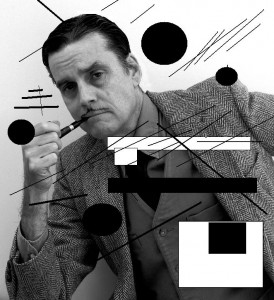 After the calamitous yet victorious 1917 Russian Revolution, its supreme political and intellectual leader, V.I. Lenin, declared cinema to be the most important of all the arts. He saw film as having superior ability to spread the message and inspire change for his formidable task to improve the lives of the masses of the new Soviet Union.
After the calamitous yet victorious 1917 Russian Revolution, its supreme political and intellectual leader, V.I. Lenin, declared cinema to be the most important of all the arts. He saw film as having superior ability to spread the message and inspire change for his formidable task to improve the lives of the masses of the new Soviet Union.
The Moscow Film School was founded and supported by the fledgling government. Experimentation, research, and theory abounded. Dynamic montage—the calculated placement of filmed shots next to each other for maximum effect– became the guiding principle in Soviet film technique.
One filmmaker in particular emerged as a genius and master of montage with his own theories of formal construction. He was Sergei Eisenstein. His 1925 silent Battleship Potemkin became the emblematic motion picture to represent the revolution as well as entrench a fresh cinematic style based on combustion and the collision of images. It changed filmmaking forever.
The one and only Battleship Potemkin (69 min) will be presented at VMFA, April 6, with live music. It is an amazing story of an actual mutiny on a Russian Czarist Naval ship in 1905.
Accompanying with their self-composed original score will be Goldrush, an eclectically infused group of superb musicians. Led by Prabir Mehta, Goldrush has performed with silent shorts but this will be their first triumph in the realm of feature-length movies.
Join us Friday, April 6, at 6:30 p.m. at VMFA for this exclusive and highly revolutionary experience all for a price that is friendly to the communal spirit: $8 (VMFA members $5).
–Hobart Cornell, Critic-at-large